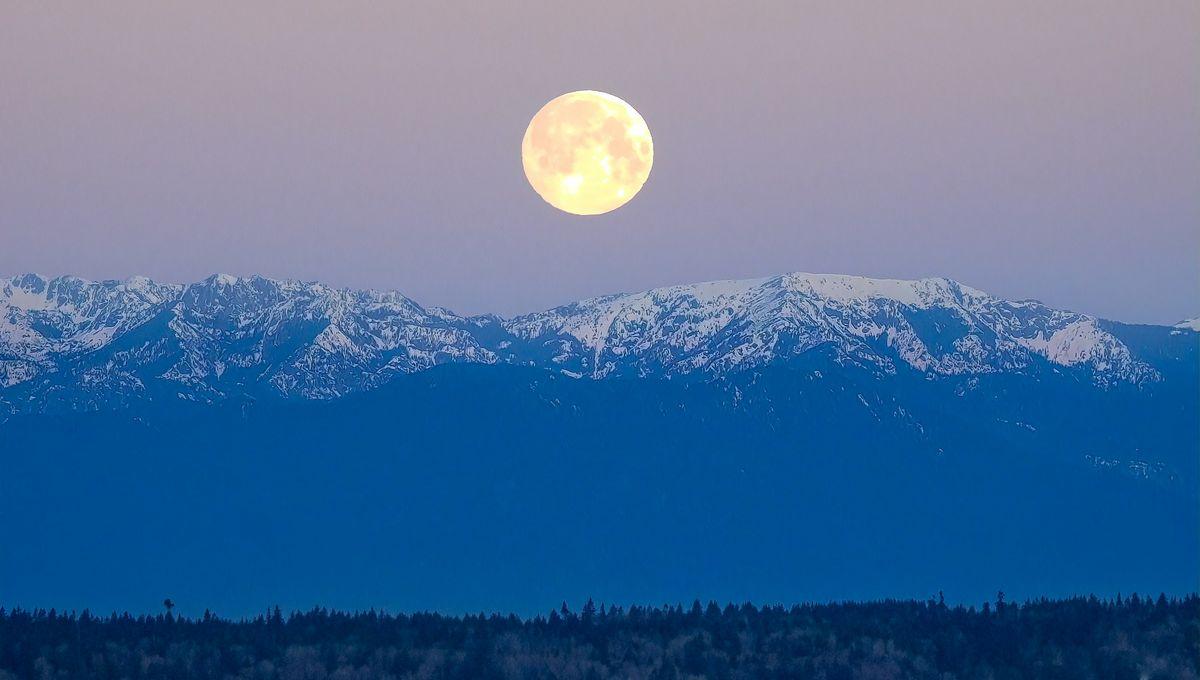-
Nieuws Feed
- EXPLORE
-
Pagina
-
Blogs
-
Forums
Tonight Will Be The Perfect Time To Witness The Moon Illusion

Tonight Will Be The Perfect Time To Witness The Moon Illusion
July 10 will see the first full moon of astronomical summer in the Northern Hemisphere, and it’s set to be an ideal time to witness the still-unsolved Moon Illusion.
July’s full Moon, known as the Buck Moon, will reach peak illumination at 8:37 pm UTC on July 10, 2025. This is the point when the entire face of the moon is illuminated by the Sun, as seen from Earth, so it will appear as a wonderfully crisp, glowing circle in the night sky. Bear in mind, the moon will be below the horizon during peak illumination for most viewers in North America, but you will be able to see it after it creeps above the southern horizon at sunset in your local time zone. The full moon of July appears low in the sky, hugging the horizon closely. This is the first full moon after the summer solstice, a time when the Northern Hemisphere is tilted more toward the Sun, causing it to appear at its highest point in the daytime sky. The Sun and Moon work like yin and yang, so when the Sun is high, the Moon follows a correspondingly low arc across the night sky. Since the full Moon will appear so low in the sky, it’s an ideal time to observe the Moon illusion, an optical misperception that causes the Moon to appear larger near the horizon than it does higher up in the sky. The Moon may appear different sizes to the naked eye, but you can simply use a ruler to measure photographs of the Moon and show that it remains the same width on any given night, regardless of whether it’s sitting along the horizon or if it’s cruising high in the night sky. The only thing that might change this is the occurrence of a supermoon or a micromoon, but that's a totally different phenomenon. It might sound like it would be an easy effect to explain, but scientists are not totally sure why the Moon illusion happens. One theory is that objects on the horizon – trees, mountains, and buildings – give the impression that the Moon is closer and, therefore, we perceive it as bigger in size. When the Moon is high in the sky, without any nearby visual reference points, we perceive it as being further away and, thereby, smaller. However, this explanation doesn’t cover everything. It’s been noted that astronauts in orbit also experience the Moon illusion, yet they don’t have the same problem with foreground objects on the horizon that skew senses of distance and size. Whatever the reason behind it, the illusion adds a touch of magic to the night sky, offering a perfect chance to get some photographs of our Moon at its most mesmerizing.What is the Moon illusion?


